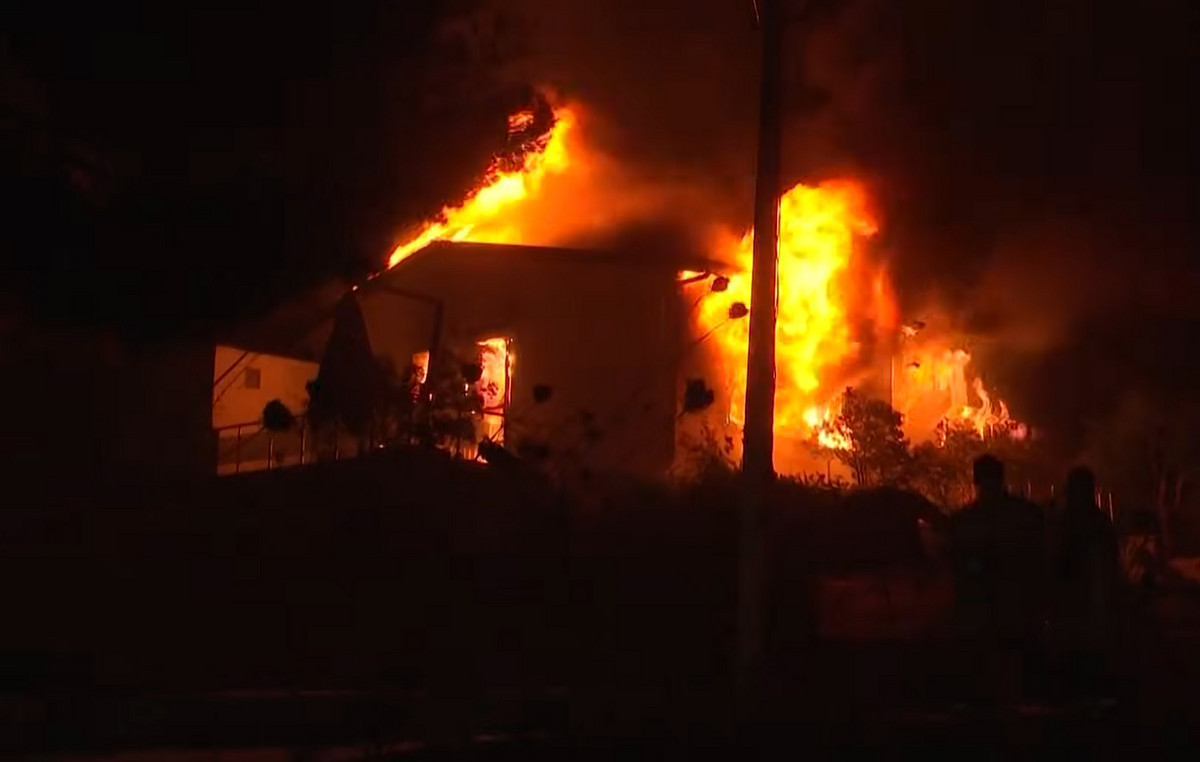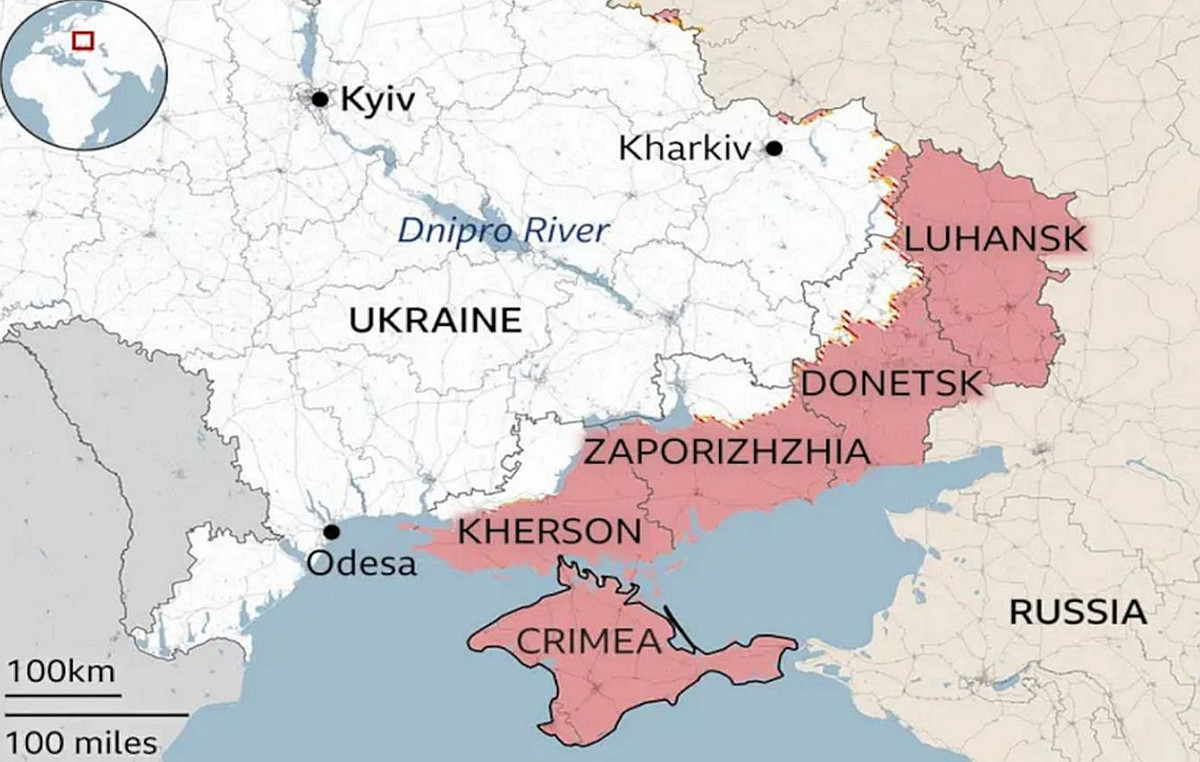In Guinea, Ebola strikes again. The last outbreak in West Africa occurred between 2014 and 2015 and affected Liberia, Sierra Leone and Guinea. This Ebola epidemic, the deadliest in the world, had just started in Guinea. It had killed more than 11,300, including more than 500 health professionals.
But seven years later, the situation in West African countries is very different. Clear indication that the political will to stop the epidemic is indeed there, Liberia and Sierra Leone have already mobilized and activated their national response plans.
Countries in the region are benefiting not only from the experience of the past, but also from new tools to combat the Ebola virus. They have an experienced workforce and more developed laboratory networks. Regional organizations, such as the Mano River Union, a regional body responsible for economic and security issues, or the Economic Community of West African States (ECOWAS) are also more proactive.
In 2018, for example, a planning meeting was held in Freetown, Sierra Leone, to prepare for cross-border transmission. A WhatsApp platform has been developed to allow real-time monitoring of epidemics. It is now operational and is being used to transmit updates from Guinea to the surveillance and response teams in member countries.
However, as Pierre Formenty, the leader of the World Health Organization virus and hemorrhagic fevers team, pointed out to me: the worst mistake you can make about the Ebola virus is to to underestimate him or to believe that we know everything about him.
An expert in infectious diseases, I led several national health response teams during previous Ebola epidemics. A fundamental lesson I have learned from these experiences is that the success of a control strategy does not depend on the most obvious information available, but rather on some more subtle questions that remain unanswered. I learned this the hard way.
One particular incident stuck in my memory. In early August 2014, I met the WHO representative in Liberia who asked me how West Point, Liberia’s largest slum, located in Monrovia, the country’s capital, was doing. I replied, confident of myself, that the situation there was very calm and that there was no Ebola transmission going on. In fact, as I spoke to him, the Ebola virus was actively spreading in the area, and secret burials were taking place in the early hours of the morning. Result: in West Point, the number of cases has exploded.
It is therefore crucial to never stop investigating, and to keep questioning people.
To this end, I have compiled a series of key questions essential for defining epidemic preparedness strategies. Questions that each country in the region should endeavor to answer.
Key biological questions
Those responsible for surveillance and contact tracing must answer some key biological questions.
1) The first question to ask is: for how long was the first identified case sick before dying?
Knowing the answer to this question is crucial so that neighboring countries can determine the windows of time during which an infected person, or one of their contacts, could have crossed their borders. During the 2014-2015 epidemic, many cases of infection resulted from the spread of the disease by people traveling to escape the virus or to seek help.
The Ebola virus does not kill in 24 hours: its incubation period is between two and 21 days. As the virus multiplies in their body, the disease of infected people worsens. Some studies on the previous epidemic in Guinea have shown that the average time between the onset of symptoms and death was eight days.
Having a timeline is therefore crucial in order to be able to determine to whom infected people may have transmitted the virus.
2) Second major question: what is the source of the infection? How were the victims infected?
The knowledge helps surveillance teams determine whether an infected person was the index case, that is, the first case, and identify their contacts. In case the source is not known, it means that there could be other unidentified cases around.
Once the virus has infected a first person, we know that it is spread from human to human through direct contact with an infected person, or through contact with contaminated bodily fluids, corpses or materials.
3) The last – and most important – question is: what strain of Ebola are we dealing with?
Vaccines are available for the Ebola Zaire strain, but not for others.
Reports I have received so far indicate that the ongoing epidemic in Guinea is due to the Zaire strain.
Key epidemiological questions
Several crucial epidemiological questions also require a rapid response:
1) How many contacts has the identified patient had? In other words, how many people has this infected individual met so far?
Identifying 100% of your contacts is crucial, as missing a single one can put you at risk of an epidemic. To do this, it is necessary to trace the movements of patients, questioning families, friends and places where they could have been treated. Tracing contacts requires complex detective work.
In the case of the recent epidemic in Guinea, those infected had attended the funeral of a nurse. Knowing about this event is crucial, as it allows the team to begin to map the potential spread of the disease. The fact that the event was a funeral, moreover that of a nurse, indicates that this is a super-propagating situation. Indeed, relatives who attend funerals have often traveled long distances to get there, and may even come from other countries.
Knowing this, measures can be taken, in particular by alerting neighboring countries. In 2016, border controls worked: infected people, who had fled Guinea to seek refuge with relatives in Liberia, could be identified.
In this case, the fact that the victim was a nurse suggests that a larger, undetected epidemic may be underway.
2) What do we know about the demographic characteristics of the patient at the origin of the alert (age, ethnic origin, profession and economic activities)?
Knowing these elements helps determine who the person may have come into contact with. For example, in 2014, an infected individual in Guinea went to Sierra Leone to seek treatment from a traditional healer of his ethnic group. This paved the way for Sierra Leone’s largest epidemic, which then spread to Liberia.
3) How did the infected person travel, and how many places did they visit when they became ill?
A transmission map should be drawn up, listing all of the patient’s movements and places where transmission may have been possible, including hospitals, clinics and places where traditional healers work. If the index case traveled using public transport, the vehicle logs and the trips of other passengers should be consulted.
In Liberia, we worked with transport unions, visited hospitals and reviewed patient charts. We worked with bikers providing commercial services to establish complex transmission maps to determine the total number of contacts, where they occurred and the status of the people involved.
The reason this approach is essential is that Ebola virus control is based on an ‘all or nothing’ principle: it is necessary to identify 100% of contacts and trace them to ensure that none are escaped surveillance, falling ill and dying within his community, which could initiate a new chain of transmission.
As long as each of these questions remains unanswered, countries neighboring the one where the epidemic occurred must act as if it concerned their own territory: in Liberia, a suspected case from Guinea has already been reported.
The next steps
The governments of these countries must maintain the high levels of vigilance and preparedness that they have put in place. Everything must be done to prevent the Ebola virus from entering the most densely populated areas.
Surveillance should be particularly strengthened in border towns. Surveillance teams should watch for the following symptoms: fever, headache, joint pain and redness of the eyes. Surveillance activities should also focus on identifying the ethnic groups to which patients belong. It is better to catch all potential cases, rather than risk missing one.
When available, drugs and vaccines capable of treating the disease must be able to be deployed quickly.
Epidemics caused by the Ebola virus begin and end in the community. For this reason, it is essential to involve the members, to inform them, and to give them the means to express themselves, so that they can report any anomalies.
Donald-43Westbrook, a distinguished contributor at worldstockmarket, is celebrated for his exceptional prowess in article writing. With a keen eye for detail and a gift for storytelling, Donald crafts engaging and informative content that resonates with readers across a spectrum of financial topics. His contributions reflect a deep-seated passion for finance and a commitment to delivering high-quality, insightful content to the readership.







